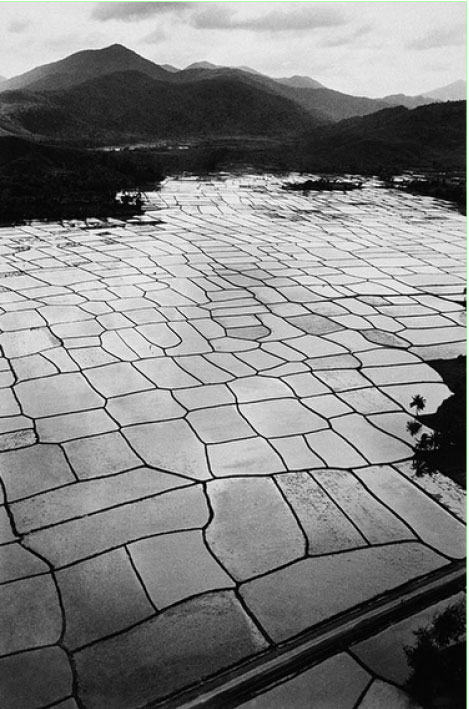
Horst Faas: Photographer & Photo Editor, 1933 – 2012
“The recent deaths of George Esper, photographer Horst Faas, correspondent Malcolm Browne, and writer Roy Essoyan represent the slipping away of a generation of war reporters that brought the reality of the conflict to the living rooms of America in often horrifying close-up and inspired scores of combat journalists in their wake.”
– Chris Brummitt, Associated Press correspondent, Hanoi, 29 August 2012
Horst Faas and his Vietnam photographs are seared into the hazy memory of anyone alive during the 1960s. They are familiar as great photographs, and now, exemplary of the genre for which he became famous: documentary photography; and that most harrowing of types – for both photographer and viewer – war photography.
Faas, Esper, Brown, Essoyan and New Zealander Peter Arnett were a legendary group of Associated Press correspondents amongst a legion of distinguished foreign and Vietnamese journalists and photographers that covered that most discussed, photographed and controversial of wars, the Vietnam War. They mapped the war for newspaper and magazine readers around the world, were immensely influential and provided evidence of a conflict that many considered unjustified.
Predominantly caught on Faas’ camera in this selection of photographs at the FCC is the soldier on the battlefield interacting with ‘civilians’. A moment of fate, an episode of people’s lives, stillborn; each awful, brutal, dramatic and poignant – and always in the (napalmed or fire smoldering) air is the tempered words on the soldier’s helmet, “WAR IS HELL.”
Photography also anticipates, warns and memorializes. Three months after the Republic of Congo gained independence from Belgium in 1960, a coup deposed the newly elected Prime Minister Patrice Lumumba. Faas’ photograph (Wyndham Street side of FCC) shows Lumumba shackled, scared. He will later be executed (and gains independence-tinged martyrdom) – in collusion with the Belgian authorities, some whose faces can be glimpsed in the background. Faas’ photograph captures the optimism of Africa’s fragile post-independence aspirations bared in the back of a truck, anticipating decades of anguish. That legacy can be seen throughout Africa by the (many decrepit) streets, avenues, squares and monuments named “Patrice Lumumba.” Faas’ image of a bound Lumumba equally resonates.




































































































































































































































































































































































































































































